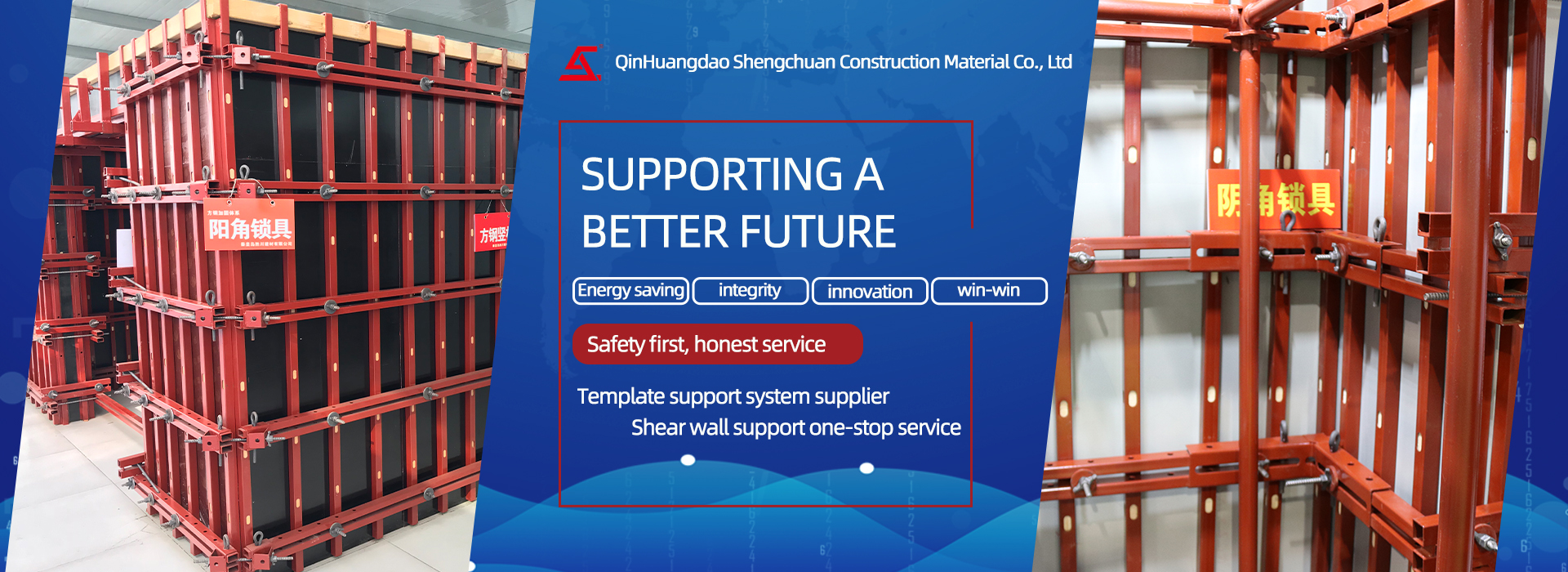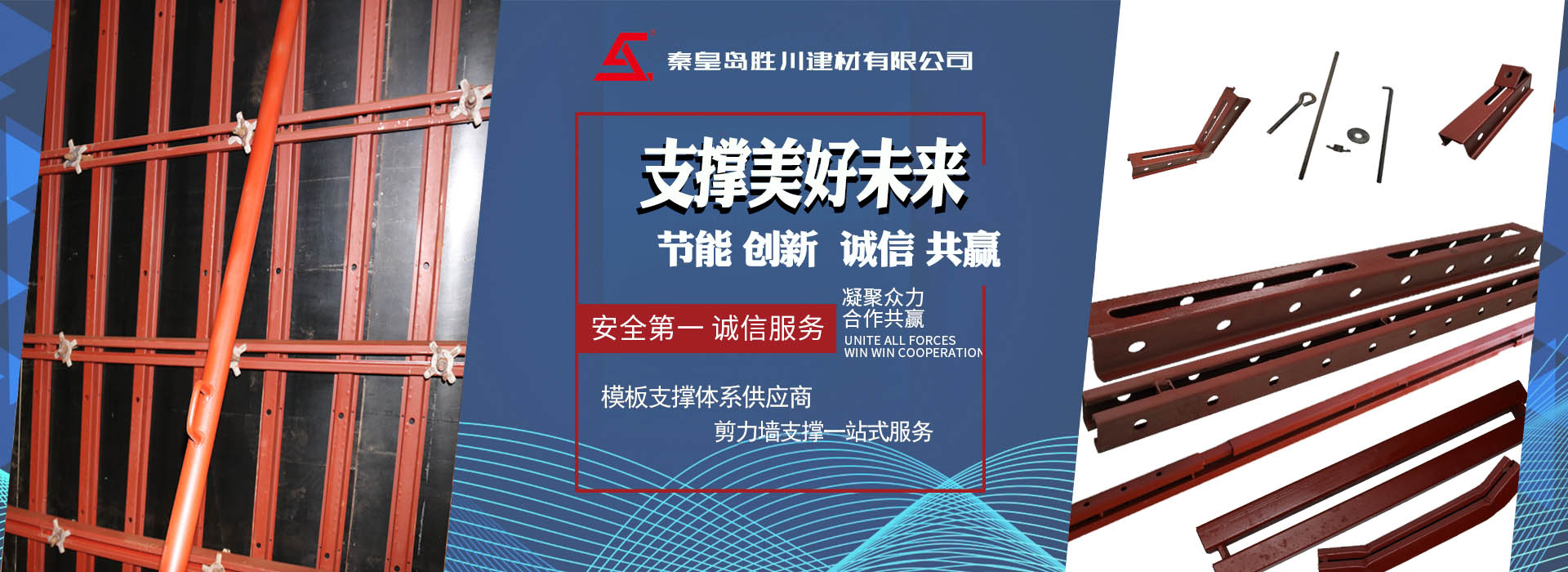
The erection and use of formwork support system shall comply with the specifications
(1) The formwork shall be assembled in the order of design and construction instructions. Wooden poles, steel pipe gantry and other support columns shall not be mixed.
(2) When the supporting part of vertical formwork and support column is installed on the foundation soil, the base plate shall be added, and the base plate shall have sufficient strength and supporting area. The foundation soil shall be solid and provided with drainage measures.
(2) When the height of the column of the formwork support in the full hall or shared space exceeds 8mm, if the foundation soil cannot meet the bearing requirements and the column cannot be prevented from sinking, the works under the ground shall be constructed first, then the foundation soil shall be filled and compacted layer by layer, and the ground concrete cushion shall be poured. The formwork can be erected only after the strength is reached.
(4) During the installation of the formwork and its support, effective anti overturning temporary fixed facilities must be set.
(5) For cast-in-place reinforced concrete beams and slabs, when the span is greater than 4m, the formwork shall be arched; When there are no specific requirements in the design, the camber height should be 1/1000-3/1000 of the full span length. (6) For cast-in-situ multi-storey or high-rise buildings and structures, the installation of upper formwork and its support shall comply with the following requirements:
① The lower floor slab shall have the bearing capacity to bear the construction load of the upper layer, otherwise the support bracket shall be added.
② The upper support column shall be aligned with the lower support column, and the base plate shall be laid at the bottom of the column.
③ When cantilever formwork and truss formwork are used, the bearing capacity and stiffness of the supporting structure must meet the design and structural requirements.
(7) When the height between floors is greater than 5m, truss formwork or steel pipe column formwork shall be used. When the height between floors is less than or equal to 5m, wooden column formwork can be used.
(8) The formwork shall have sufficient bearing capacity, stiffness and stability, and shall be able to reliably bear the dead weight and lateral pressure of the newly poured concrete and the load generated during construction.
(9) The vertical formwork with assembly height of more than 2m shall not stand on the lower formwork to assemble the upper formwork. Temporary fixed facilities shall be provided during installation.
3 concrete pouring must be carried out in the sequence specified in the special construction scheme, and a special person shall be appointed to monitor the formwork support system:
(1) The free fall height of concrete falling from the bucket mouth shall not exceed 2m. If the pouring height exceeds 3M, concrete measures must be taken, such as using a string barrel or a chute.
2) Concrete pouring shall be carried out continuously by sections and layers. The height of the pouring layer shall be determined according to the concrete supply capacity, one-time pouring volume, initial setting time of concrete, structural characteristics and reinforcement density. Generally, it is 1 25 times.
(3) Concrete pouring shall be carried out continuously.
(4) During concrete pouring, the formwork, reinforcement, reserved holes, embedded parts and dowel bars shall be regularly observed for movement, deformation or blockage. If any problem is found, it shall be dealt with immediately, and the poured concrete shall be well rested before the initial setting.




 Jgw Anbei No. 13032202000134
Jgw Anbei No. 13032202000134


